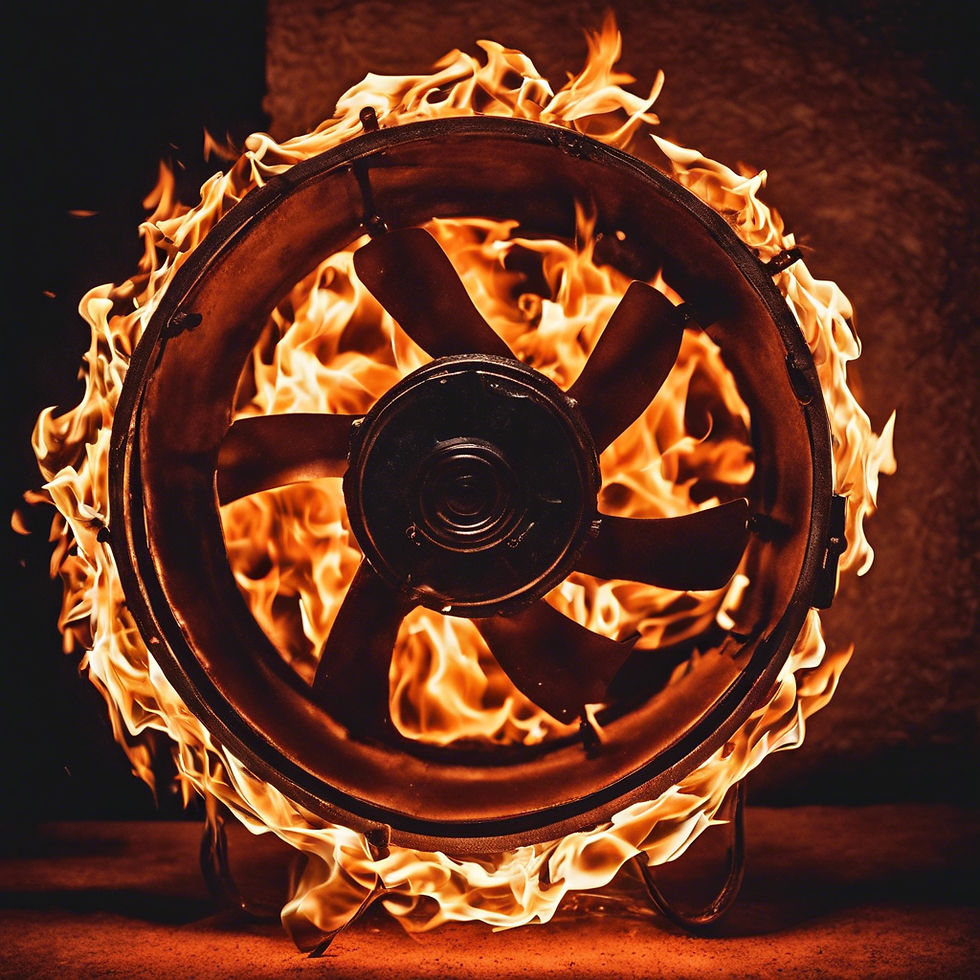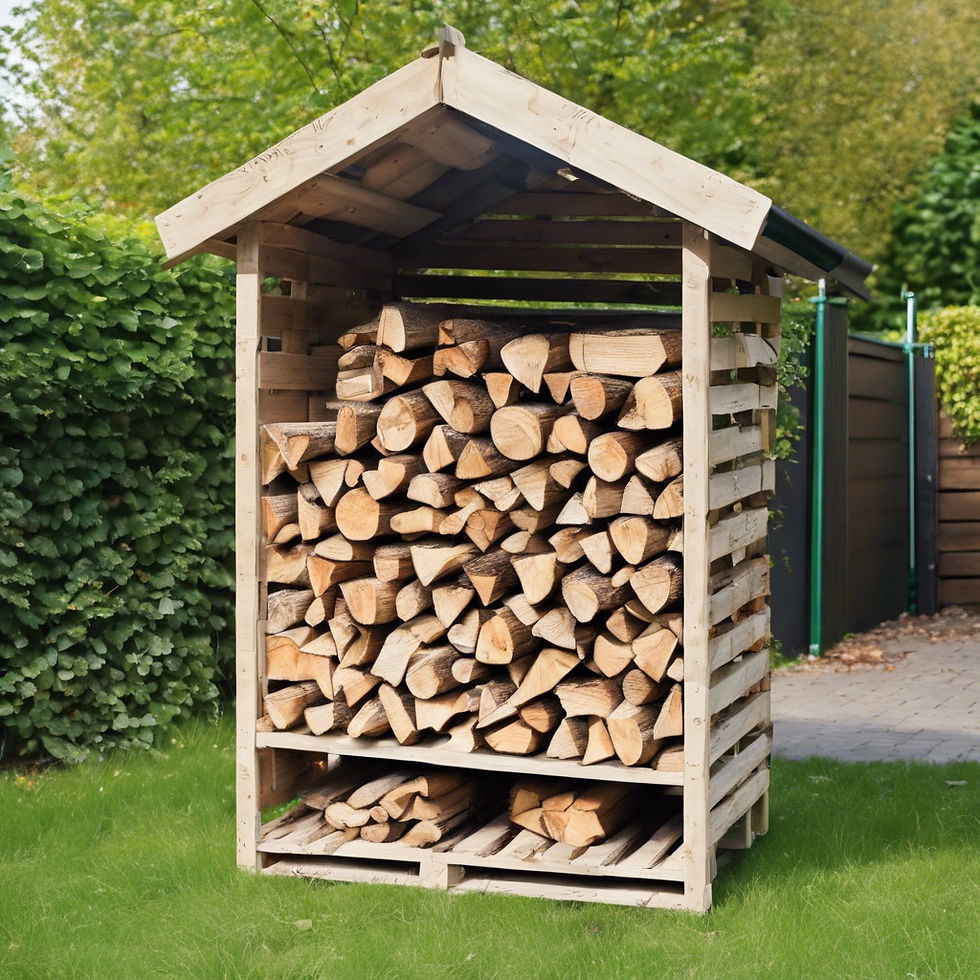✅🔥Am I Using My Wood-burner Correctly? Tips for Efficient and Safe Use🔥🪵
- DeclanChandler

- Dec 29, 2024
- 2 min read
Wood-burners are a fantastic way to keep your home warm and cosy, but using them correctly is essential to get the most out of your firewood and keep your stove running efficiently. Here, we’ll walk you through some tips on starting a fire, the importance of using quality materials, and additional tools to optimise your woodburning experience. 🌟✨

Start With Quality Materials
The foundation of an efficient fire is using the right materials. Low-quality or wet wood can result in poor combustion, excessive smoke, and wasted energy.
Kiln-Dried Firewood: Opt for kiln-dried ash or oak with a moisture content below 20%. These logs burn cleaner, hotter, and longer, leaving minimal ash or unburnt material behind.
Kindling: Use dry kindling to get your fire going quickly. Avoid painted or treated wood, as it can release harmful chemicals.
Firelighters: Choose eco-friendly firelighters to make ignition easier without adding unpleasant odours or chemicals.
The Best Way to Start a Fire
Lighting a fire correctly ensures a clean and efficient burn from the start. Follow these steps:
Check Your Stove: Ensure the stove is clean, with no excessive ash build-up from previous fires.
Open the Air Vents: Fully open the air vents to allow maximum airflow. This helps the fire establish itself quickly.
Set Up the Fire Using the Top-Down Method:
Place two larger logs at the base of the stove.
Add a layer of smaller logs or sticks on top of the larger logs.
Lay kindling and firelighters at the very top.
Light the firelighters, allowing the flames to work downward through the fuel.
Let It Establish: Allow the fire to build up gradually, adding more wood only when the flames are strong and the initial fuel has burned well.
Adjust Airflow: Once the fire is well-established, reduce the air supply by partially closing the vents. This will maintain a steady burn and improve fuel efficiency.
Maintain Your Stove’s Efficiency
Don’t Overload: Adding too much wood at once reduces airflow and creates an inefficient burn.
Clean Regularly: Remove ash to ensure good airflow and avoid clogging vents. Check the chimney periodically for creosote buildup.
Avoid Burning Waste: Never burn household rubbish or treated wood, as it can damage the stove and release harmful chemicals.
Enhance Your Woodburning Experience
Consider these additions to improve your wood-burner’s performance:
Stove Fan: A heat-powered stove fan distributes warm air throughout the room, ensuring even heating without using electricity.
Moisture Meter: Test your firewood to ensure it’s below 20% moisture. Even kiln-dried wood should be stored correctly to maintain its low moisture content.
Thermometer: A stove thermometer helps you monitor the temperature, ensuring you’re burning at the optimal range for efficiency and safety.
Final Thoughts
Using your woodburner correctly not only saves you money but also ensures a cleaner, safer, and more enjoyable experience. By starting with quality materials, managing airflow, and using helpful accessories like a stove fan, you’ll get the most out of your firewood and keep your home cosy all winter long. 🌳❤️
Ready to stock up on premium kiln-dried ash or oak? Visit www.firewoodstoretewkesbury.com for free delivery and stacking! 🚚🔥








Comments